Festival Internacional de Fuegos Artificiales de Seúl con Hanwha (한화와 함께하는 서울세계불꽃축제)
5.4Km 2024-09-03
Yeouidong-ro 330, Yeongdeungpo-gu, Seúl
02-519-9778
En otoño de cada año se celebra el Festival Internacional de Fuegos Artificiales, un evento internacional que tiñe con múltiples colores el cielo negro nocturno del Parque del Río Hangang. El evento cuenta con la participación de diversos equipos de los fuegos artificiales, no solo de Corea sino también de distintos países del mundo.
Consejos:
* El lugar ideal para ver el show es la zona que se encuentra a 300 metros aproximadamente del escenario.
* El patio del Edificio 63 es el sitio perfecto para ver el espectáculo, pero suele estar repleto de gente. Se recomienda la torre de estacionamiento de Noryangjin, que permite ver claramente los fuegos artificiales.
* El lado opuesto del río también es una zona recomendada.
Piscina de Yeouido del Parque del Río Hangang (한강시민공원 여의도수영장)
5.4Km 2022-07-25
Yeouidong-ro 330, Yeongdeungpo-gu, Seúl
+82-2-785-0478
La piscina al aire libre en Yeouido también es conocida con el nombre de Supia, que es un parque temático de todo el año en el río Hangang. El nombre "Supia" combina "Arisu" (el nombre anterior del río Hangang) y Utopía.
Parque del Color de Seúl (서울색공원)
5.4Km 2021-06-14
Yeouidodong-ro 330, Yeongdeungpo-gu, Seúl
El Parque del Color de Seúl, cuya superficie es de 9.000 metros cuadrados, está situado entre los pilares del puente Mapodaegyo y la ribera del río Hangang. Es un ejemplo de la aplicación de colores de Seúl, desarrollados con la idea de mejorar el tono de la ciudad y formar una propia imagen urbana. En este parque se encuentran una obra que simboliza las olas del río Hangang y el diseño gráfico de códigos de barra con 10 colores representativos de Seúl. Se colorearon instalaciones públicas con tonos grises de las tejas y los muros de piedra, con color del dancheong (pintura con patrones tradicionales sobre madera), con amarillo claro, con verde como el monte Namsan, etc. El Museo de Arte de Seúl y Museo de la Historia de Seúl también albergan construcciones y obras que emplean los colores de Seúl. El Parque del Color de Seúl se encuentra a 10 minutos caminando desde la Estación de Yeouinaru, de la línea 5 de metro.
Festival Internacional de Danza de Seúl (서울세계무용축제)
5.4Km 2024-08-30
Daehak-ro 10-gil 17, Jongno-gu, Seúl.
02-3216-1185
El Festival Internacional de Danza de Seúl fue creado por la Sede Seúl del Consejo Internacional de Danza de la Unesco en 1998 como un canal adecuado para presentar la danza coreana a los escenarios mundial y, a la vez, las tendencias mundiales a la escena coreana. La danza coreana había experimentado una grave carencia de intercambio internacional, pero esto ha sido subsanado en cierta medida con la formación de la Sede Seúl en 1996. El Festival en sí mismo cuenta con varias actividades para promover la danza coreana. Existe una estrecha cooperación con agencias oficiales como el Ministerio de Cultura, Deporte y Turismo, el Ayuntamiento de Seúl, la Korea Foundation y la Fundación de Seúl para las Artes y la Cultura, a lo que se suman diversas embajadas y organizaciones gubernamentales internacionales.
Seochon Guest House [Korea Quality] / 서촌 게스트하우스 [한국관광 품질인증]
5.4Km 2023-04-07
28-3, Jahamun-ro 7-gil, Jongno-gu, Seoul
+82-010-3345-9680
Seochon Guest House is located in Seochon, which is becoming a hot place for tourists in Seoul, and precisely on the road to Suseong Valley, whichis filled with interesting stores and is also well-known for Park Nosoo Art Gallery and the House of Yun Dong-ju (poet). Seochon Guest House is nicknamed ‘Jaeminangol (interesting village)’ after Baekseok’s poem ‘Yeowunangol’, with the aim of providing a visit full of interesting experiences. Passing through a garden and entering the main building, the unique charm of this hanok building, the staircase to get to the first floor from daecheong (main floored room), catches the eye of the visitors. In addition, the building is decorated with various stylish objects including paintings and Korean musical instruments. The terrace situated on the first floor offers an open view of the surrounding area including roof tiles of hanok structures and alleyways in Seochon. It is said that Korean novelist Yoon Hu-myeong also appreciated the structure of the guesthouse, saying, “It is an interesting place.” Built in the 1930s, the house, which has many storage places, was taken by the owner couple in spring 2014 as they were attracted by the house during their trip to Seochon. After the repair work, the ground floor of the house was opened for guests from January 2016, hoping that guests could share their daily experiences and stories with each other. The guestrooms and the main floored room on the ground floor are open to guests, with the exception of the first floor, which is used by the owner couple. The living room is equipped with books, a curved TV, and a table. The tasty meal, which is served in the kitchen, consists of rice and soup with six side dishes and is much loved by guests. The guesthouse offers a total of four rooms – Jae Room, which is the most Korean-style room; Mi Room, which has a combined style of a Korean-style room and Western-style room; Nan Room, which is an ideal room for meditation with a beautiful paper window; and Ahn Room, which is equipped with a veranda and a pretty flowerbed. Every room has its separate charm with various comfortable bedding to provide a quiet and cozy bedroom for guests in the middle of the city. Furthermore, the guesthouse holds a pansori (epic chant) performance twice a year. The owner started learning how to sing pansori to promote the Korean culture and tradition to foreigners. When a pansori performance is held, the owner offers traditional Korean snacks and drinks including sikhye (sweet rice punch), sujeonggwa (cinnamon punch), traditional sweets and cookies, and tteok (rice cakes) to visitors, tourists, and performers. Moreover, it provides cultural programs such as a Gukak (Korean classical music) experience, Korean traditional clothes experience, and making Korean food experience, as well as other activities with guests, such as trip to the city wall between Inwangsan Mountain and Bugaksan Mountain, and the Royal Palace Tour to Gyeongbokgung Palace, etc., as well as a trip to a traditional market.
Yeonwoohouse [Korea Quality] / 연우하우스 [한국관광 품질인증]
5.4Km 2024-11-19
5-13, Bukchon-ro 12-gil, Jongno-gu, Seoul
Yeonwoo Guesthouse is a quiet and cozy traditional Korean guest house (hanok) located in Gahoe-dong, Jongnogu in Bukchon Hanok Village, a charming area crisscrossed with a labyrinth of old alleyways. As it is close to some of Seoul’s most famous tourist attractions, including Changgyeonggung Palace, Changdeokgung Palace and Gyeongbokgung Palace, many tourists from Southeast Asia and Europe book a stay here.
It consists of two cozy guestrooms, each equipped with a bathroom. Among the guest house’s many charms is the panoramic view of Bukchon Hanok Village from its rooftop, which can be reached by a ladder. It also boasts the beauty of a traditional Korean house during the daytime and a spectacular view at nighttime.
As it is an old hanok, the owner pays close attention to hygiene, and has the entire building regularly sterilized by a sanitary control company.
Of one book and stay [Korea Quality] / 일독일박 [한국관광 품질인증/Korea Quality]
5.4Km 2021-03-29
11-1, Pirundae-ro 3-gil, Jongno-gu, Seoul
This hanok (traditional Korean house) is located in Seochon Village near Gyeongbokgung Palace. It is a modern C-shaped hanok centered around the inner courtyard, which is the first thing that the guests see after entering through the gate. While it is not expansive, white pebbles and a foot bath make this hanok a unique one. One can enjoy a foot bath while sitting on the porch.
The bedroom, which is located beyond the living room, is furnished with a queen-sized bed. Opening the screen doors brings one to the view of the kitchen area beyond the inner courtyard. A large table, plush sofa, and a small bookcase make the space ideal for books and discussions. Climbing the wooden ladder to the side of the kitchen brings one to the attic, which also doubles as a Korean-style room with a skylight. The kitchen is furnished with a refrigerator, microwave oven, gas stove, electric kettle, toaster, pots, utensils, wine glasses, and bottled water. There is a restroom with a bathtub. The standard occupancy of the house is 4 people.
Jaws Basket (조스바스켓)
5.4Km 2021-03-24
86, Dongsung-gil, Jongno-gu, Seoul
+82-2-744-0701
You can enjoy brunch in the spacious space and on the outdoor terrace. This restaurant's signature menu is spaghetti. This cafe is located in Jongno-gu, Seoul.
The Hyoosik Aank Hotel Sinchon (더휴식 아늑호텔 신촌점)
5.4Km 2025-04-11
49, Yonsei-ro 2-gil, Seodaemun-gu, Seoul
Inwoohouse [Korea Quality] (인우하우스 [한국관광 품질인증])
5.4Km 2025-07-18
9, Gyedong 6-gil, Jongno-gu, Seoul
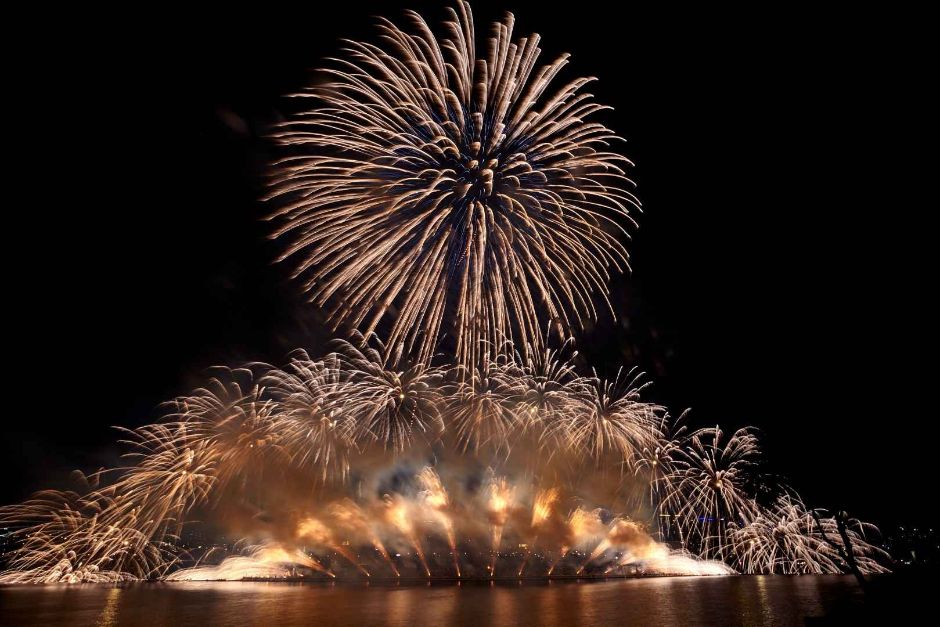

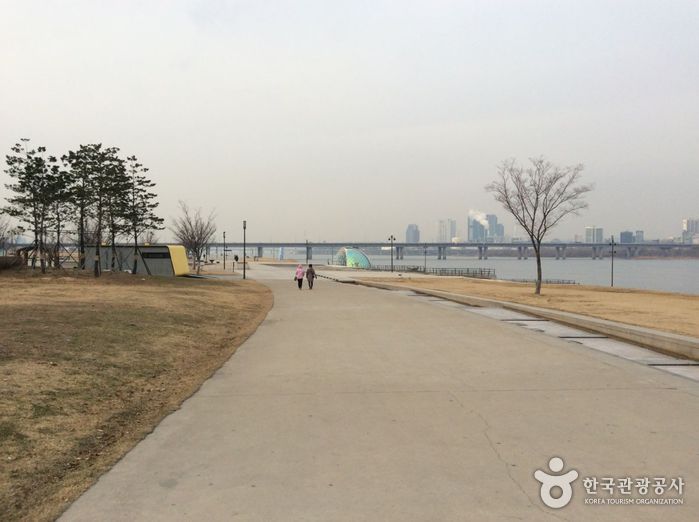
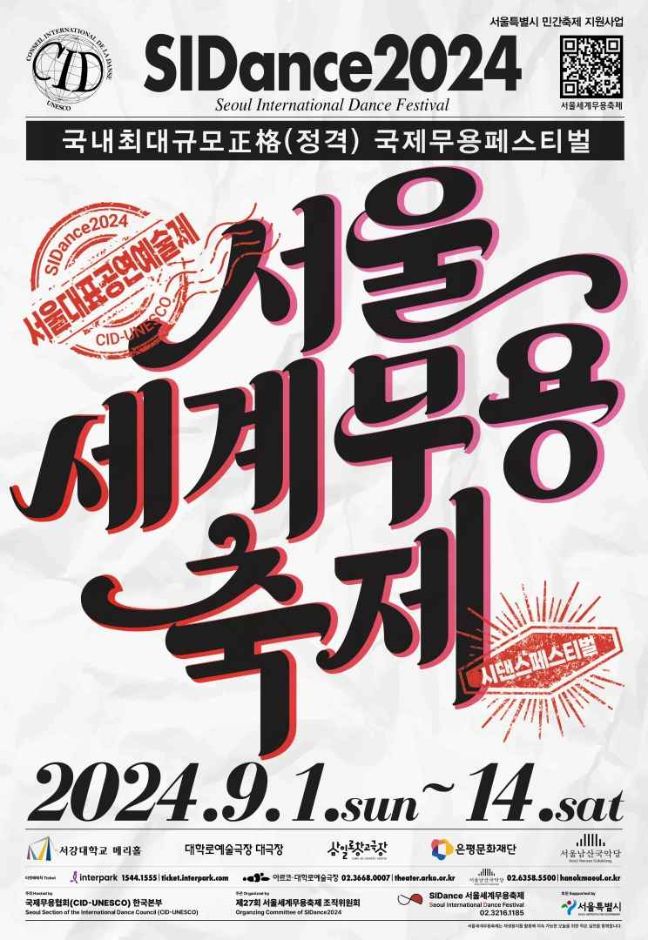
![Seochon Guest House [Korea Quality] / 서촌 게스트하우스 [한국관광 품질인증]](http://tong.visitkorea.or.kr/cms/resource/41/2447241_image2_1.jpg)
![Yeonwoohouse [Korea Quality] / 연우하우스 [한국관광 품질인증]](http://tong.visitkorea.or.kr/cms/resource/83/2557483_image2_1.jpg)
![Of one book and stay [Korea Quality] / 일독일박 [한국관광 품질인증/Korea Quality]](http://tong.visitkorea.or.kr/cms/resource/43/2707643_image2_1.jpg)
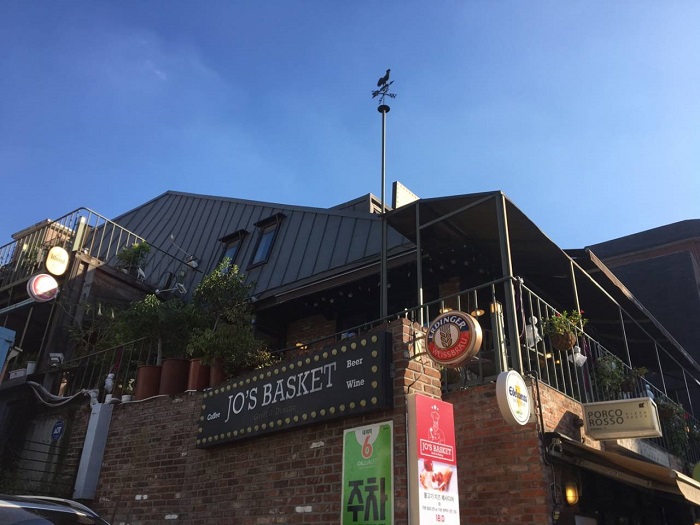
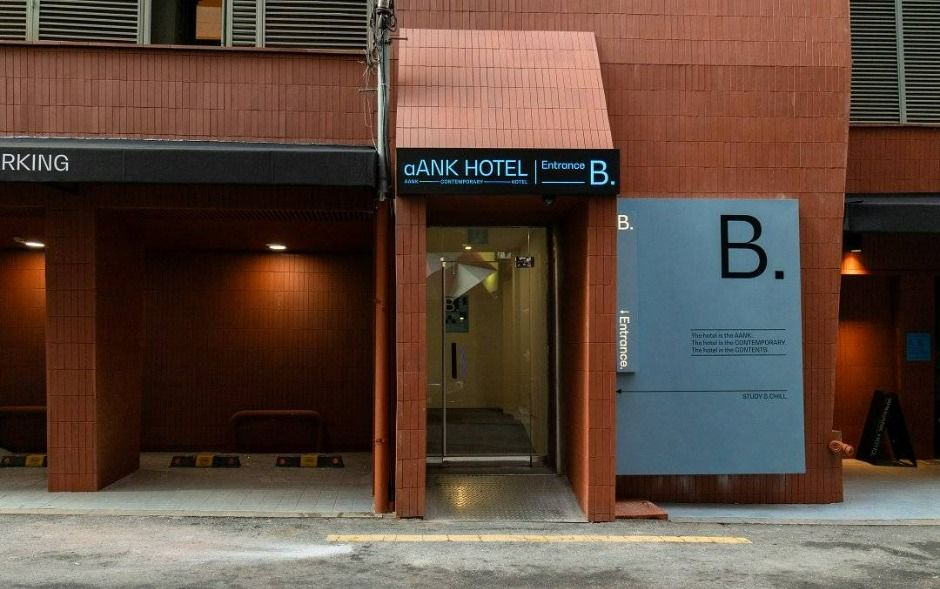
![Inwoohouse [Korea Quality] (인우하우스 [한국관광 품질인증])](http://tong.visitkorea.or.kr/cms/resource/56/3009456_image2_1.jpg)
 Español
Español
 한국어
한국어 English
English 日本語
日本語 中文(简体)
中文(简体) Deutsch
Deutsch Français
Français Русский
Русский